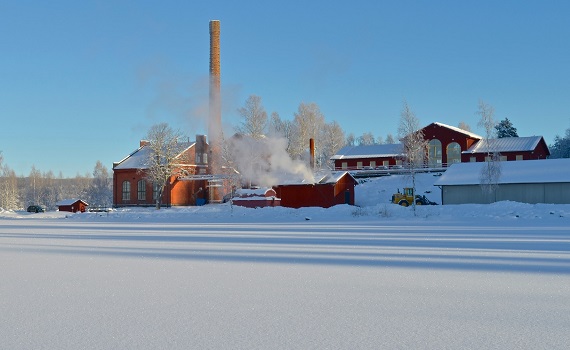SWEDES IN FOCUS
When you think of whisky and Scandinavians, it is the Swedes who are forefront of mind. Altia is a leading wine and spirits company offering premium brands in the Nordic/Baltic countries. Altia’s business director for spirits, Kimmo Nylander, takes up the story: “Sweden is the leading whisky market in volume terms. The interest in malt whisky is a long-term trend and one that seems to be continuing unabated. In Sweden, the consumer appetite for age statement whiskies is growing. However, strong brands, such as the newly-launched Bunnahabhain Moine still succeeds without the age statement.
“Both the Irish and American whiskeys are growing fast in the Nordics. In these categories, more brands are entering market every year but also the leading brands, such as Jack Daniel’s, are doing really well and driving category growth,” says Nylander.
Swedish writer Ingvar Ronde, publisher of the Malt Whisky Yearbook, says: “The Swedish consumer, in my mind, is very knowledgeable about whisky, whisky production and the different styles of whiskies but they are still a bit conservative.
“The main interest lies in scotch whisky but the aficionados, as always, are leading the way and single malts from Japan, India and Taiwan are highly regarded in that small group of consumers. The trend of enjoying whisky in cocktails and drinks hasn’t really taken off in Sweden but I think it’s only a matter of time before younger consumers in the bigger cities have introduced that way of enjoying whiskey to a wider audience as well,” says Ronde.
Lundberg picks up on the Irish mention. Jameson is the most popular Irish Distillers’ whiskey in the Nordics. The Jameson Family collectively sold 98,800 9-litre cases in the region in the year ending June 2016 (source: Irish Distillers).
Lundberg, says: “The demographic of whiskey drinkers in Scandinavia is changing – while established enthusiasts, who are very knowledgeable about the category, still represent a large proportion overall, we are seeing people from all age groups become whiskey drinkers. These new consumers are inspired by the heritage, craft and drinkability of Irish whiskey, which presents a great opportunity for Jameson and the Jameson family going forward.”
“Irish whiskey suits the general Swedish palate very well. Two of the top 10 whisk(e)ys in Sweden are Irish –Tullamore Dew and Jameson. I also see a growing interest from aficionados in whiskies from, for example, Teeling and Cooley,” says Ronde.
Diageo’s Lundén pitches in for scotch: “We see whiskies from the (Scottish) west coast and Islay as the market leaders. So brands such as Oban, Talisker, and Lagavulin are all extremely popular in the Nordics. However, Johnnie Walker is also increasingly popular, and grew by 14% last year across the region.”
Whereas Altia’s Nylander says: “Obviously, blended scotch is the biggest category but it is the one category seeing no growth today. Global giants such as Johnnie Walker are less dominant in the Nordics. The blended whisky category is scattered and volumes lean to entry and mid-level priced whiskies.”
MALE DOMINANCE
So who is drinking all this whisky? Ronde answers: “The consumers are still dominated by men but certainly not older men. The old saying that young men don’t want to drink what their fathers did doesn’t apply any longer. You see a lot of young people in their early 20s obsessed by whisky and scotch malt whisky in particular.




